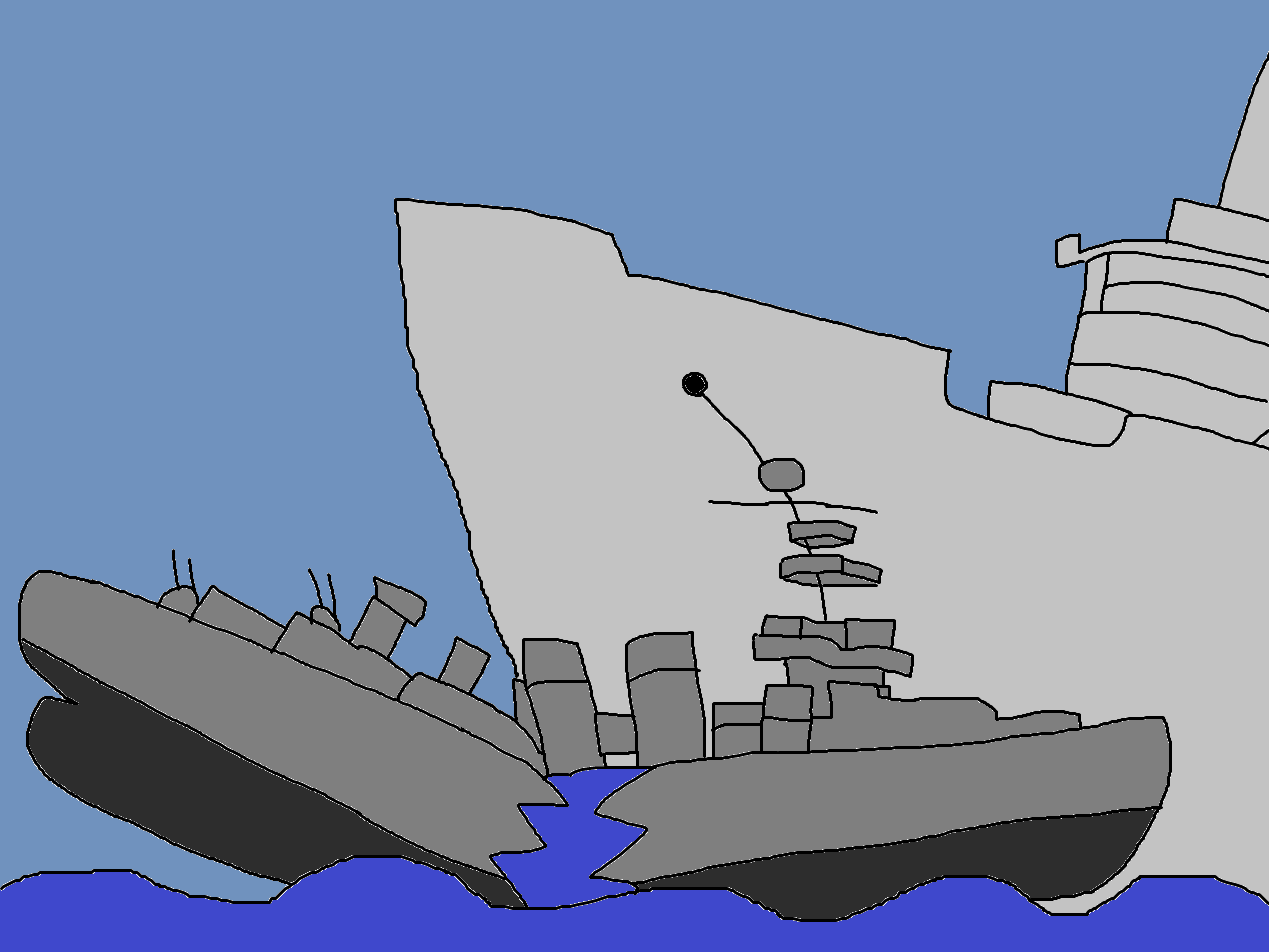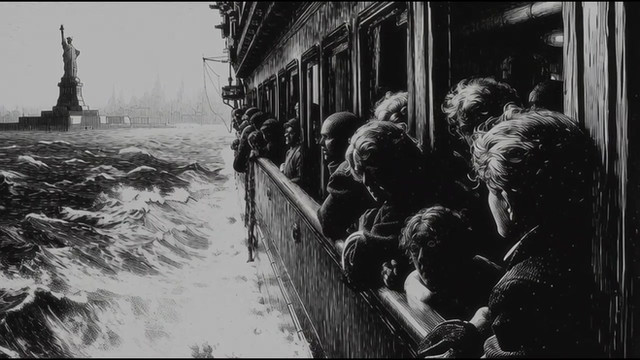HOME | DD
 FoxFanArts — Queen Mary and Curacoa Collision
FoxFanArts — Queen Mary and Curacoa Collision

#collision #cruiser #cunard #curacoa #line #mary #ocean #queen #queenmary #ship #ships #shipwreck #troopship #whitestar #whitestarline #cunardwhitestar
Published: 2023-10-03 03:18:49 +0000 UTC; Views: 1616; Favourites: 4; Downloads: 0
Redirect to original
Description
On the morning of October 2, 1942, the ocean liner HMT Queen Mary, carrying more than 10,000 Americans from the 29th Infantry Division, converged in the vicinity north of Ireland. HMS Curacoa (D41) was deployed to provide protection against German U-boat submarines.To avoid potential submarine attacks, the ocean liner was traveling at a speed of 28.5 knots, following a defensive "Zig-Zag Pattern No. 8" course. Eventually, the ocean liner closed in on the older cruiser, which was proceeding in a straight line at 25 knots. Each captain held a different interpretation of the Rule of the Road, asserting their respective right of way.
As the Commodore and Captain Sir Cyril Gordon Illingworth of the Queen Mary continued executing zigzag maneuvers, expecting the escort cruiser to yield, Captain John Wilfred Boutwood of the Curacoa focused on safeguarding the liner from approaching hostile aircraft.
At 1:32 PM, the Queen Mary attempted to execute a zigzag too close to the Curacoa. To avoid a collision, the watch officer halted the turn. Illingworth instructed his officer to maintain the zigzag pattern, as it was standard practice for escorts. At 2:04 PM, the Queen Mary initiated a starboard turn slightly after the cruiser did.
The captain sensed impending danger, but it was too late for evasive maneuvers to be effective. At full speed, the Queen Mary collided with the Curacoa, striking it amidships and splitting it into two parts. While most of the cruiser remained above water, the rear section sank.
The Curacoa, a liner, collided with the Queen Mary, splitting it in two. Captain Alfred Johnson reported the incident to the BBC, while the Queen Mary radioed the collision to other warships. The captain and HMS Cowdray rescued 101 survivors, including the captain.
The Curacoa lost 337 officers and crew members, most at the Chatham Naval Memorial and the remainder at the Portsmouth Naval Memorial. Those who died were laid to rest at the Chatham and Ashaig Cemetery on the Isle of Skye. The wreckage is designated a "protected place" under the Protection of Military Remains Act of 1986.
In 1943, the British Admiralty issued a writ against the Cunard-White Star Line, although news of the Curacoa's loss was not made public until after the war. The case went to trial in 1945, and in 1947, Justice Pilcher absolved the crew and owners of the Queen Mary of blame.
The case revolved around the safety of Queen Mary and her guardian, the Curacoa, which had to maintain the liner's zigzag course to avoid air attacks. The Curacoa's captain acknowledged his responsibility, but the ship refused to yield. Lord Porter believed the Curacoa had to make the ultimate sacrifice to protect the Queen Mary.
Despite the Queen Mary being an overtaking vessel, the Regulations for Preventing Collisions were still applicable. Rule 29 was enforced, while Rules 21 and 24 were ignored. The focus shifted to the customary conduct of seamen. Lord Justice Porter concluded that both ships were at fault, with the Curacoa failing to notice the Queen Mary's change in course and taking insufficient action. The responsibility was attributed to the Curacoa's officers and crew, as Queen Mary believed they failed in communication, navigation, and vigilance.
Subsequently, after the Admiralty filed an appeal, the Court of Appeal altered the judgment, assigning the majority of the blame to the Admiralty and a minority to Cunard-White Star. The House of Lords upheld this judgment, assigning one-third of the blame to the Queen Mary and two-thirds to the Curacoa.






















